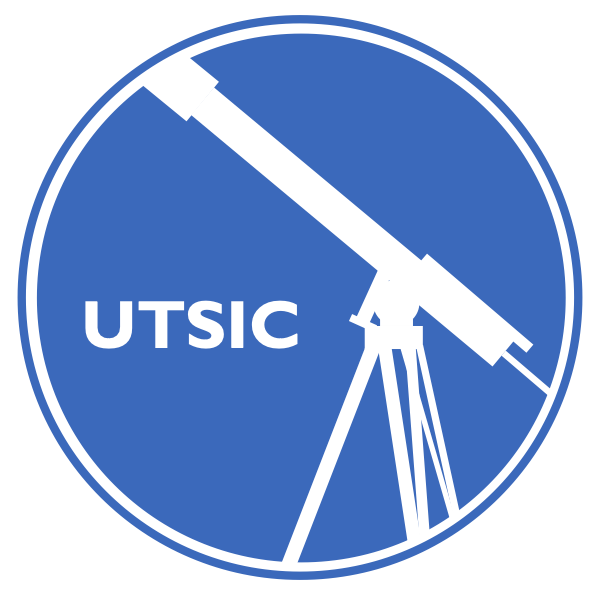A tripod metal stand supports a rectangular box, capped with a stout metal cylinder with removable top. On the back of the box is a rotating cover for a circular opening which is covered with glass, making a round window. The cover has a round glass piece mounted in it, providing a slightly small window to cover the window underneath–the glass may be frosted, or dirty. Affixed below this window on a swinging arm is a small circular mirror approximately 2cm in surface diameter.
Emerging from the the side of the instrument opposite the mirror is a long, cylindrical lens, approximately 12cm in length. It has several focus levels and concludes in an eyepiece. Looking into the eyepiece shows a scale.
Accession Number: 2009.ph.126
Alternative Name: Electrometer, String Electrometer
Primary Materials: Metal: Iron Alloy?, Glass
Old inventory number appears on a brown tag = “phy363”
A metal plate on the side reads, “Gunther & Tegetmeyer, Braunschweig No. 7056”. Scratched above this is “1797”.
Dimensions (cm): Height = 25, Width = 12, Length = 23
Measuring electrical potential. The Wulf Electrometer was developed by Theodore Wulf in 1907, as an improvement on the previous gold-leaf electrometers. Wulf electrometers use a pair of quartz threads covered in platinum and mounted parallel; when these are electrically charge, they “bow” outwards and the change in the distance between them can be accurately measured.
Good: The stand of the instrument, painted black is slightly rusty where the paint has been chipped. Other surfaces of the instrument are worn or splotched with white residue, possibly from oxidation of the metal. Iron screws holding the instrument together are rusty. No threads are visible through the eyepiece and the glass is dirty; however, the scale is visible and in good condition.
Associated Instruments:
Manufacturer: Gunther & Tegetmeyer, Braunschweig
Date of Manufacture: 1909-1939
Department of Physics, University of Toronto
Additional Information and References:
Historical Notes:
Themes:
